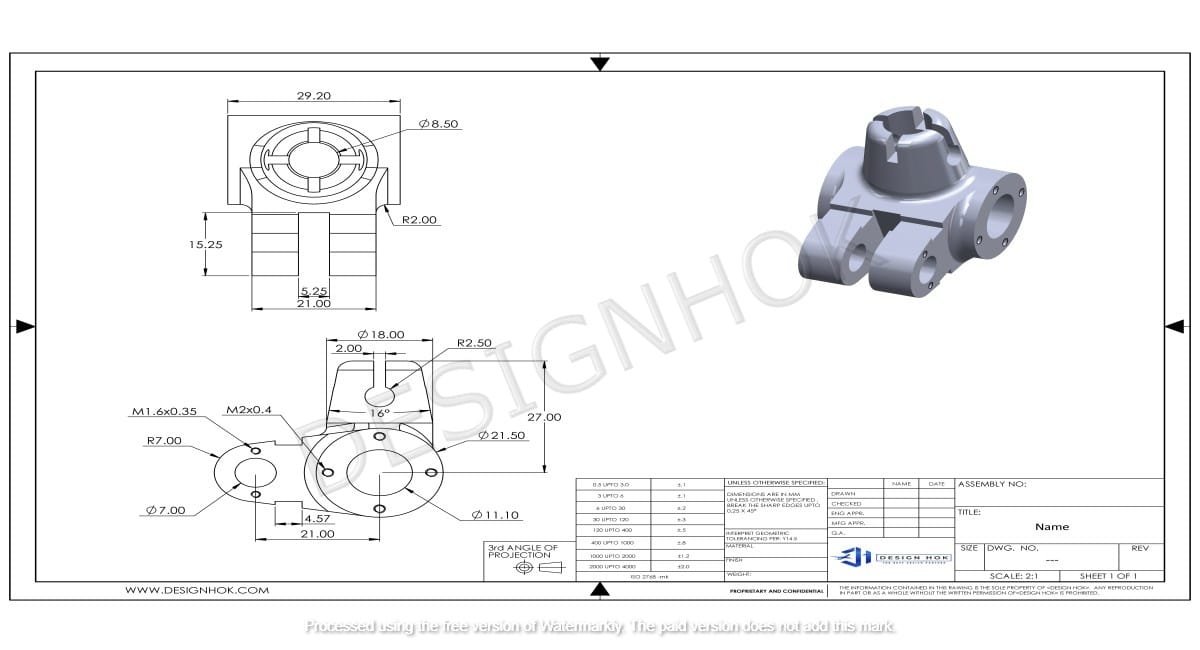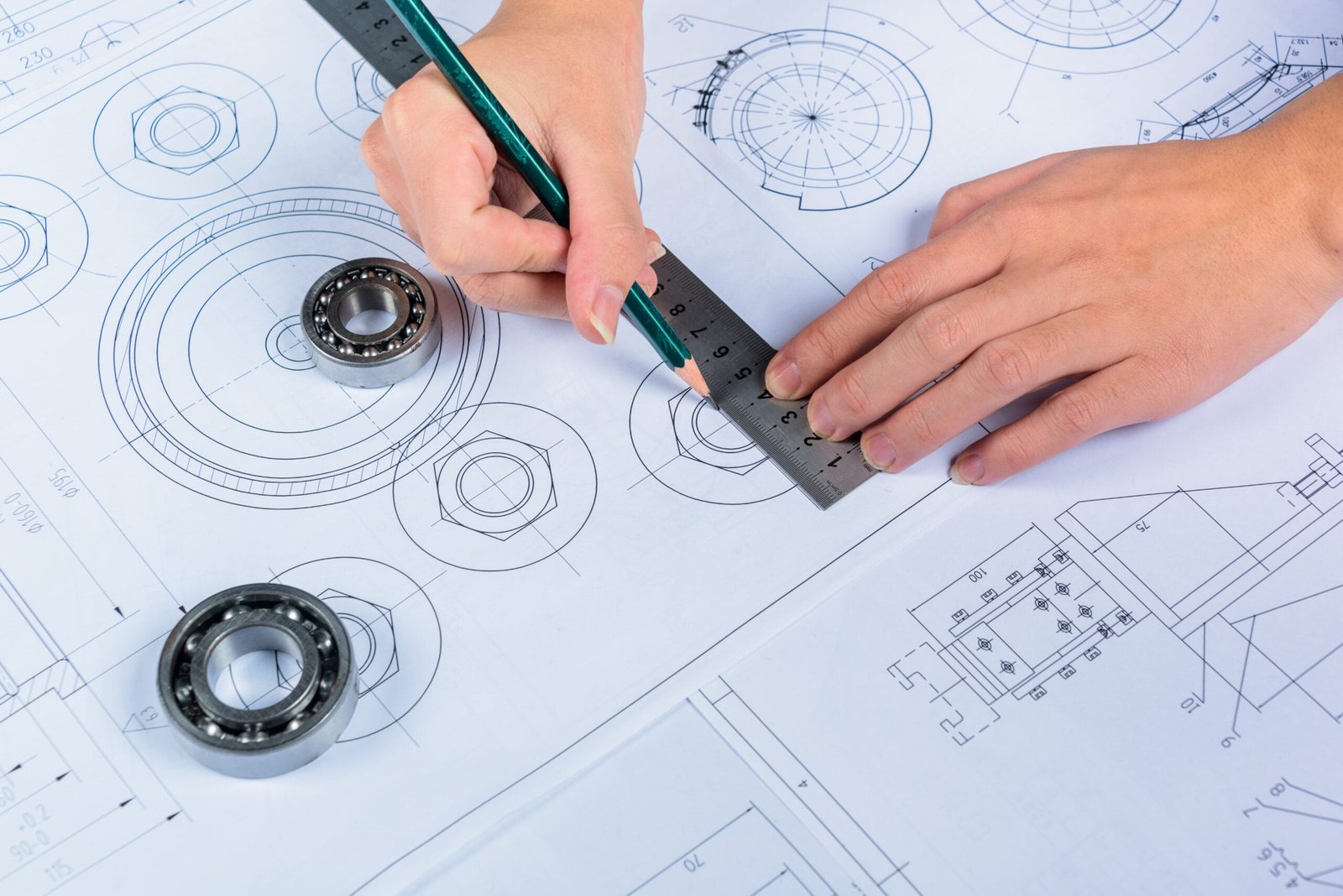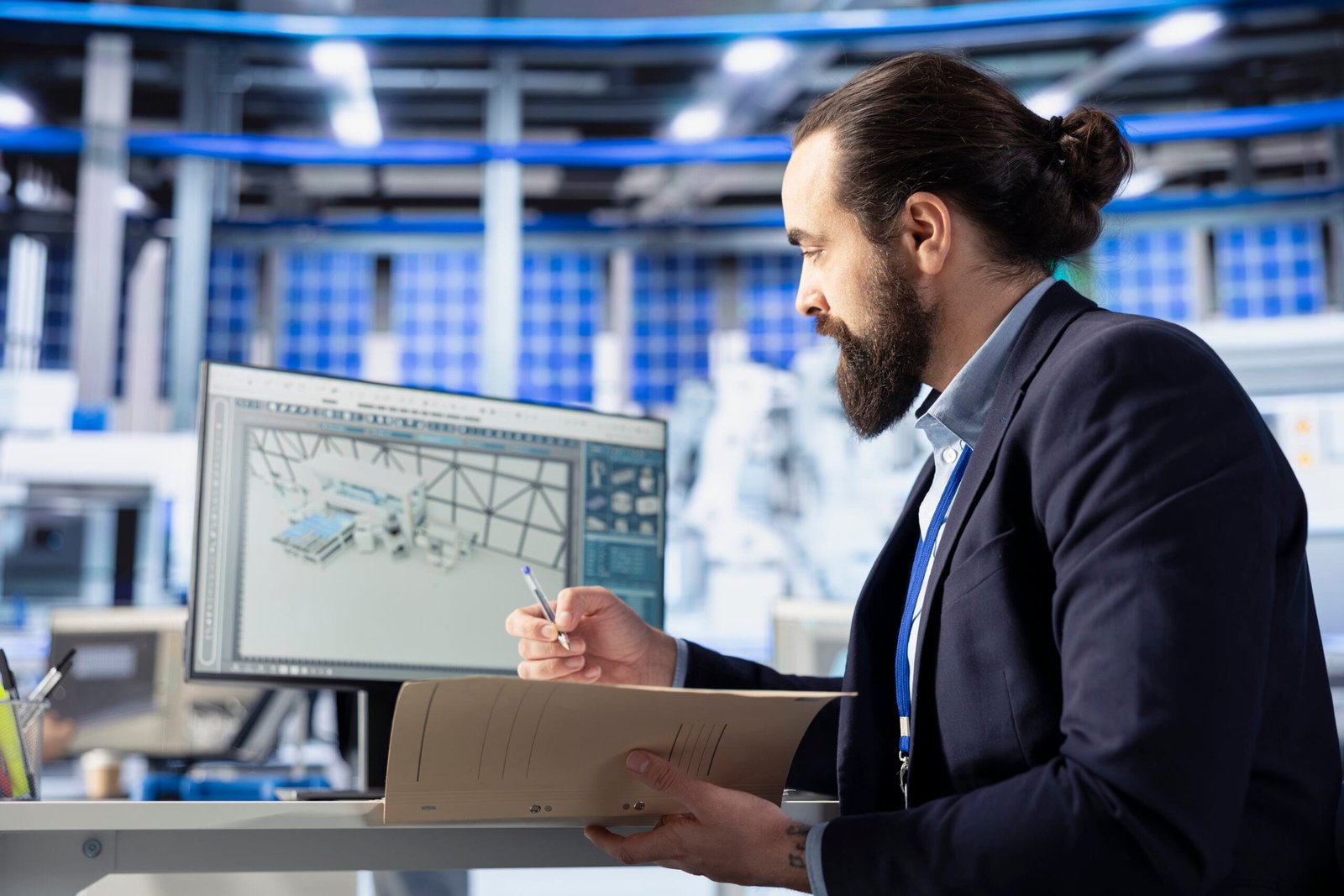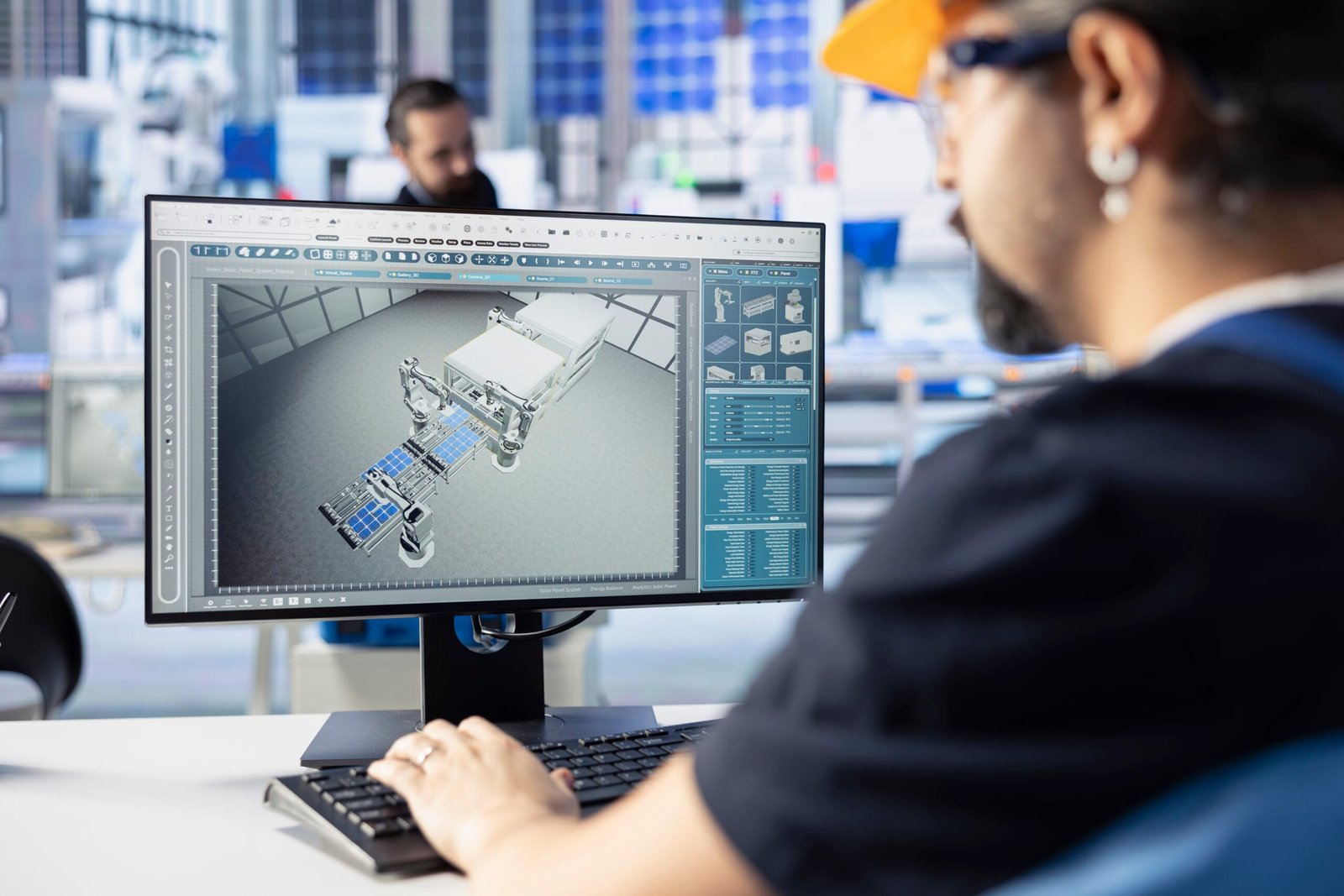Description:
Explore how Automotive Part Rendering uses advanced automotive part rendering to transform design concepts into visually detailed 3D models. Learn about the process, benefits, and industry relevance in our 1000-word blog, along with a helpful FAQ section.
Introduction
In the fast-paced Automotive Part Rendering, innovation isn’t just about building better vehicles—it’s also about visualizing them accurately before manufacturing begins. Automotive part rendering plays a vital role in transforming complex ideas into detailed, photorealistic images. At DesignHok, our rendering services help clients see the future of their products before they reach the production floor. This blog explores the ins and outs of automotive part rendering, its significance in design and engineering, and why DesignHok is your go-to partner for precision visualizations.
What Is Automotive Part Rendering?
Automotive Part Rendering is the process of creating lifelike digital images of car components using 3D modeling and rendering software. These rendered visuals simulate real-world textures, materials, and lighting conditions to showcase how parts will look and function in reality. This includes everything from engine components to dashboard elements, body parts, wheels, suspension systems, and more.
Unlike basic 2D technical drawings, Automotive Part Rendering delivers a fully immersive and interactive experience. This is particularly valuable for engineers, manufacturers, investors, and marketing teams who want to understand the component’s appearance and functionality before any physical prototype is made.

Why Automotive Part Rendering Matters
1. Enhanced Design Visualization
With photorealistic rendering, clients can see exactly how an automotive part will look in a real-world setting. Every bolt, curve, and material finish is visible in high detail. This helps engineers catch design flaws early, saving time and money during production.
2. Accelerated Prototyping
Before manufacturing begins, rendered parts can be used for digital simulations and performance evaluations. This minimizes the number of physical prototypes required, which reduces costs and speeds up development cycles.
3. Improved Communication
Rendering improves communication between designers, engineers, stakeholders, and marketing teams. Everyone gets a unified view of the part, eliminating misunderstandings that can happen with abstract sketches or incomplete CAD models.
4. Marketing and Presentation
Rendered parts are used in promotional materials, investor presentations, and product catalogs. These high-quality visuals provide a professional, polished look that enhances brand credibility and customer trust.
DesignHok’s Approach to Automotive Part Rendering
At DesignHok, we offer top-tier automotive part rendering services backed by years of experience in 3D modeling and mechanical design. Here’s how we approach each project:
1. Initial Consultation & Requirement Analysis
We begin by understanding your specific goals—whether it’s for product development, marketing, or client presentations. Our team reviews existing CAD data, sketches, technical drawings, or even physical parts.
2. 3D Modeling
Using software like SolidWorks, Autodesk Inventor, or Blender, we create accurate 3D models of your automotive parts. Precision is key—dimensions, tolerances, and fit are all considered.
3. Texturing and Material Definition
We apply realistic materials such as chrome, carbon fiber, leather, and plastics. Texturing is essential for conveying the look and feel of real-world components.
4. Lighting and Environment Setup
The next step is creating a virtual environment to simulate real-world lighting conditions. Shadows, reflections, and ambient lighting all add depth and realism to the render.
5. Rendering and Post-Processing
We render high-resolution images using powerful engines like V-Ray or KeyShot. Post-processing may include background editing, image enhancement, and touch-ups for presentation.
6. Final Delivery
Once rendering is complete, we deliver a package of images and optional animations in various formats suitable for web, print, or video use.
Key Benefits of DesignHok’s Rendering Services
- Customization: We tailor rendering styles to suit your brand or product needs.
- Realism: From brushed aluminum to glossy paint, our textures and lighting simulate real-world finishes.
- Speed: With efficient workflows, we deliver high-quality renders within tight deadlines.
- Affordability: Get cost-effective solutions without compromising quality.
- Cross-Industry Expertise: Whether it’s for cars, trucks, motorcycles, or electric vehicles, our experience spans various segments.
Industries We Serve
DesignHok works with various sectors within the automotive industry, including:
- OEM Manufacturers
- Auto Part Suppliers
- EV Startups
- Motorsport Engineers
- Automotive Marketers
- Prototype Developers
The Future of Automotive Part Rendering
As technology evolves, so does the rendering industry. Real-time rendering, virtual reality (VR), and augmented reality (AR) are becoming popular tools for automotive design. At DesignHok, we continuously explore these advancements to stay ahead of the curve and offer our clients cutting-edge solutions.
Soon, designers and engineers will be able to interact with automotive components in real-time 3D environments, making decisions faster and with more confidence.
Conclusion
Automotive Part Rendering is no longer just a luxury—it’s a necessity in today’s competitive design and manufacturing landscape. It enhances clarity, speeds up development, and provides an unmatched level of detail and realism. With DesignHok’s specialized rendering services, you can turn your ideas into stunning visuals that drive innovation and success.
Whether you’re a startup designing the next EV or an established brand improving your supply chain, DesignHok is ready to bring your automotive visions to life—pixel by pixel.
Frequently Asked Questions (FAQ)
Q1. What software does DesignHok use for automotive part rendering?
We use a range of industry-standard tools, including SolidWorks, Blender, Autodesk Inventor, KeyShot, and V-Ray, depending on the complexity and nature of the project.
Q2. Can you render parts without existing 3D models?
Yes. If you only have 2D drawings, sketches, or even photos, we can build accurate 3D models from scratch before rendering.
Q3. How long does an automotive rendering project take?
Depending on the complexity, projects can take anywhere from 2–10 business days. We offer express services for urgent requirements.
Q4. Do you offer animation or rotating 3D views?
Absolutely. We provide both static images and animations such as 360-degree part views, exploded views, and assembly sequences.
Q5. What formats do you deliver the final rendered images in?
We deliver in multiple formats including JPG, PNG, TIFF, and MP4 (for animations). Custom file formats are also available upon request.
Q6. Can I use the rendered parts in my marketing materials?
Yes. Our renders are high-resolution and professionally edited, making them ideal for brochures, websites, presentations, and social media.





